Home>Furniture & Design>Bathroom Accessories>How Do I Shut Off The Water To My Bathtub
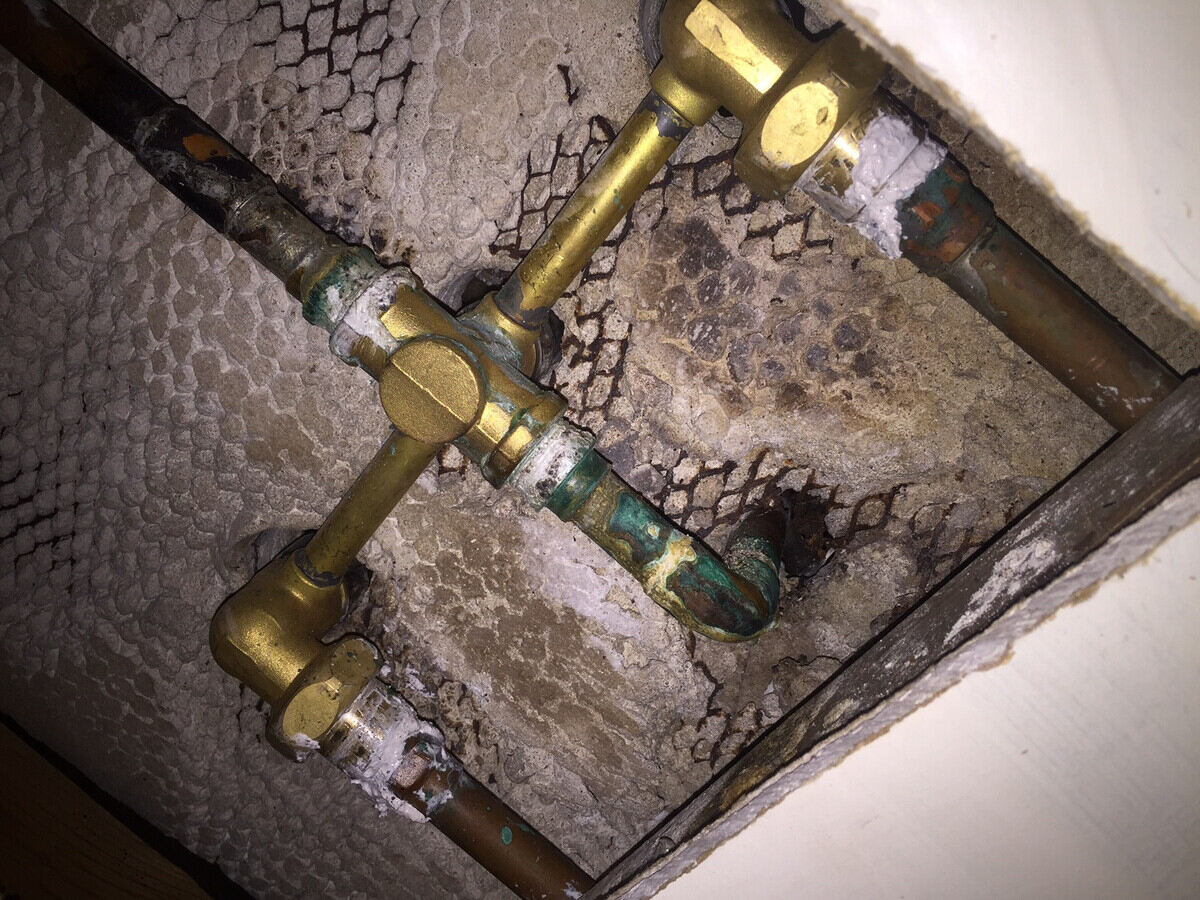

Bathroom Accessories
How Do I Shut Off The Water To My Bathtub
Modified: February 18, 2024
Learn how to shut off the water to your bathtub with our easy step-by-step guide. Find the best bathroom accessories for your needs.
(Many of the links in this article redirect to a specific reviewed product. Your purchase of these products through affiliate links helps to generate commission for Storables.com, at no extra cost. Learn more)
Introduction
Shutting off the water to your bathtub is a crucial skill that every homeowner should possess. Whether you're dealing with a leaky faucet, a clogged drain, or planning to carry out maintenance or repairs, knowing how to turn off the water supply can save you from potential water damage and unnecessary stress. In this comprehensive guide, we will walk you through the essential steps to effectively shut off the water to your bathtub. By following these simple instructions, you can gain the confidence and peace of mind in managing potential plumbing issues with ease.
Understanding the location and function of the water shut-off valve is the first step in this process. Once you've identified the valve, you can proceed to turn off the water supply, ensuring that it is completely shut off. Finally, we will discuss the importance of testing the water shut-off to confirm that it has been successfully executed. By the end of this guide, you will have the knowledge and practical know-how to confidently shut off the water to your bathtub, empowering you to tackle plumbing challenges with confidence.
Now, let's delve into the step-by-step process of shutting off the water to your bathtub, equipping you with the essential skills to maintain and manage your plumbing system effectively.
Key Takeaways:
- Mastering the art of shutting off your bathtub’s water supply empowers you to handle plumbing issues confidently and prevent potential water damage, ensuring a secure and well-maintained plumbing system.
- By locating, turning off, and testing the water shut-off valve, you gain the essential skills to proactively manage your bathtub’s plumbing, addressing any issues with ease and peace of mind.
Read more: How To Shut Off Water
Step 1: Locate the Water Shut-Off Valve
The first and most crucial step in shutting off the water to your bathtub is to locate the water shut-off valve. This valve is responsible for controlling the flow of water to your bathtub, and finding it is essential for any maintenance or repair work. The shut-off valve is typically located near the bathtub, often in the vicinity of the tub or within the bathroom. It may be concealed behind an access panel, under the sink, or in a utility closet. In some cases, the shut-off valve may be situated in the basement or crawl space, especially in older homes.
To locate the shut-off valve, start by inspecting the area around the bathtub. Look for any visible pipes or fixtures that lead to the bathtub, as the shut-off valve is usually positioned along these lines. It may appear as a lever, knob, or wheel attached to a pipe. If you have a newer home, the shut-off valve may be a quarter-turn ball valve, which is a lever-style handle that only requires a 90-degree turn to shut off the water completely.
If you are unable to locate the shut-off valve near the bathtub, consider checking other areas where the water supply lines are accessible. This may include the basement, utility room, or even outside the house, where the main water supply enters the property. In some cases, the shut-off valve may be labeled, making it easier to identify. If you are still unable to locate the shut-off valve, it is advisable to refer to the home's plumbing layout or consult a professional plumber for assistance.
Once you have successfully located the shut-off valve, take note of its position and accessibility. Familiarizing yourself with the shut-off valve's location will prove invaluable in the event of a plumbing emergency or routine maintenance. With the shut-off valve identified, you are now ready to proceed to the next step of turning off the water supply to your bathtub.
By effectively locating the water shut-off valve, you have taken the first essential step in gaining control over your bathtub's water supply. This foundational knowledge sets the stage for successfully managing your plumbing system and addressing any future maintenance or repair needs with confidence.
Step 2: Turn Off the Water
After successfully locating the water shut-off valve, the next crucial step is to turn off the water supply to your bathtub. This process ensures that no water flows into the bathtub, allowing you to carry out maintenance, repairs, or address any plumbing issues effectively. To accomplish this task, follow the steps outlined below:
-
Positioning: Approach the water shut-off valve and ensure that you have clear and unobstructed access to it. This may involve moving any items or obstacles that could hinder your ability to reach and operate the valve effectively.
-
Turn the Valve: Depending on the type of shut-off valve you have, such as a lever, knob, wheel, or quarter-turn ball valve, use the appropriate method to turn off the water. For traditional valves, such as those with a lever or knob, turn it clockwise (to the right) until it stops. If you have a quarter-turn ball valve, simply turn the lever 90 degrees until it is perpendicular to the pipe, effectively shutting off the water supply.
-
Confirm Closure: Once you have turned the shut-off valve, it is essential to confirm that the water supply has been successfully shut off. To do this, attempt to turn on the bathtub faucet to verify that no water is flowing. If no water comes out, it indicates that the shut-off valve has effectively stopped the water supply.
-
Additional Precautions: In some cases, especially if you are dealing with a complex plumbing system or are uncertain about the shut-off valve's effectiveness, it may be prudent to shut off the main water supply to the entire house. This added precaution ensures that no water enters the plumbing system, providing a secure environment for carrying out maintenance or repairs.
By following these steps, you can confidently turn off the water supply to your bathtub, empowering you to address any plumbing issues or perform necessary maintenance with ease. This essential skill not only allows you to take control of your home's plumbing system but also provides the peace of mind that comes with being prepared to manage unexpected plumbing challenges effectively.
Locate the shut-off valve for the bathtub, usually found near the tub or in the basement. Turn the valve clockwise to shut off the water supply.
Step 3: Test the Water Shut-Off
After successfully turning off the water supply to your bathtub, it is crucial to test the water shut-off to ensure that it has been executed effectively. This step is essential for verifying that no water is flowing into the bathtub, providing confirmation that the shut-off valve is functioning as intended. By conducting a simple test, you can gain the assurance that your plumbing system is secure and ready for maintenance, repairs, or any necessary work.
To test the water shut-off, follow these straightforward steps:
-
Visual Inspection: Begin by visually inspecting the area around the shut-off valve and the bathtub. Look for any signs of water leakage, drips, or moisture around the shut-off valve, pipes, or the bathtub fixtures. This visual examination allows you to identify any potential issues that may indicate a faulty shut-off valve or residual water flow.
-
Turn On the Bathtub Faucet: Proceed to turn on the bathtub faucet to check for any water flow. If the shut-off valve has been successfully closed, no water should come out of the faucet. This action serves as a practical test to confirm that the water supply to the bathtub has been effectively shut off.
-
Listen for Water Flow: While the faucet is turned on, listen for any sounds of water flowing through the pipes. If you hear the sound of running water, it indicates that the shut-off valve may not be fully closed, allowing water to pass through. In such cases, it is essential to revisit the shut-off valve and ensure that it is tightly closed to prevent any water flow.
-
Check for Drips or Leaks: After testing the water shut-off, observe the shut-off valve and the surrounding pipes for any drips, leaks, or moisture. Even a small amount of water seepage can indicate a potential issue with the shut-off valve or the plumbing connections. Address any leaks promptly to maintain the integrity of the shut-off valve and prevent water damage.
By diligently testing the water shut-off, you can confirm that the shut-off valve is functioning effectively, providing you with the confidence to proceed with any necessary maintenance or repairs. This proactive approach ensures that your plumbing system is secure and ready for further attention, allowing you to address any plumbing concerns with the assurance of a properly shut-off water supply.
This comprehensive guide has equipped you with the essential knowledge and practical steps to locate, turn off, and test the water shut-off to your bathtub. By mastering these fundamental skills, you can effectively manage your plumbing system and address any potential issues with confidence and ease.
Conclusion
In conclusion, mastering the process of shutting off the water to your bathtub is a valuable skill that empowers homeowners to effectively manage their plumbing system. By following the step-by-step guide outlined in this comprehensive article, you have gained the essential knowledge and practical know-how to confidently locate the water shut-off valve, turn off the water supply, and test the water shut-off to ensure its effectiveness.
Understanding the importance of locating the water shut-off valve and familiarizing yourself with its position within your home sets the foundation for proactive plumbing management. Whether it's addressing a leak, performing maintenance, or making repairs, the ability to swiftly access and identify the shut-off valve is a critical first step in mitigating potential water damage and ensuring a secure plumbing system.
By mastering the process of turning off the water supply to your bathtub, you have acquired the capability to take control of your home's plumbing infrastructure. Whether it's a traditional lever-style valve or a modern quarter-turn ball valve, the knowledge of how to effectively shut off the water empowers you to address plumbing issues confidently and without hesitation.
Furthermore, the importance of testing the water shut-off cannot be overstated. By conducting a thorough examination and verification of the shut-off valve's functionality, you can gain the assurance that your plumbing system is secure and ready for any necessary maintenance or repairs. This proactive approach not only safeguards your home from potential water-related issues but also provides peace of mind in knowing that your plumbing system is well-maintained and functioning as intended.
In essence, the ability to shut off the water to your bathtub is a fundamental aspect of responsible homeownership. By equipping yourself with the knowledge and skills outlined in this guide, you have taken a proactive step towards effectively managing your plumbing system and addressing any potential issues with confidence and ease. With these essential skills at your disposal, you are well-prepared to navigate the intricacies of home maintenance and ensure the optimal functionality of your plumbing infrastructure.
Frequently Asked Questions about How Do I Shut Off The Water To My Bathtub
Was this page helpful?
At Storables.com, we guarantee accurate and reliable information. Our content, validated by Expert Board Contributors, is crafted following stringent Editorial Policies. We're committed to providing you with well-researched, expert-backed insights for all your informational needs.
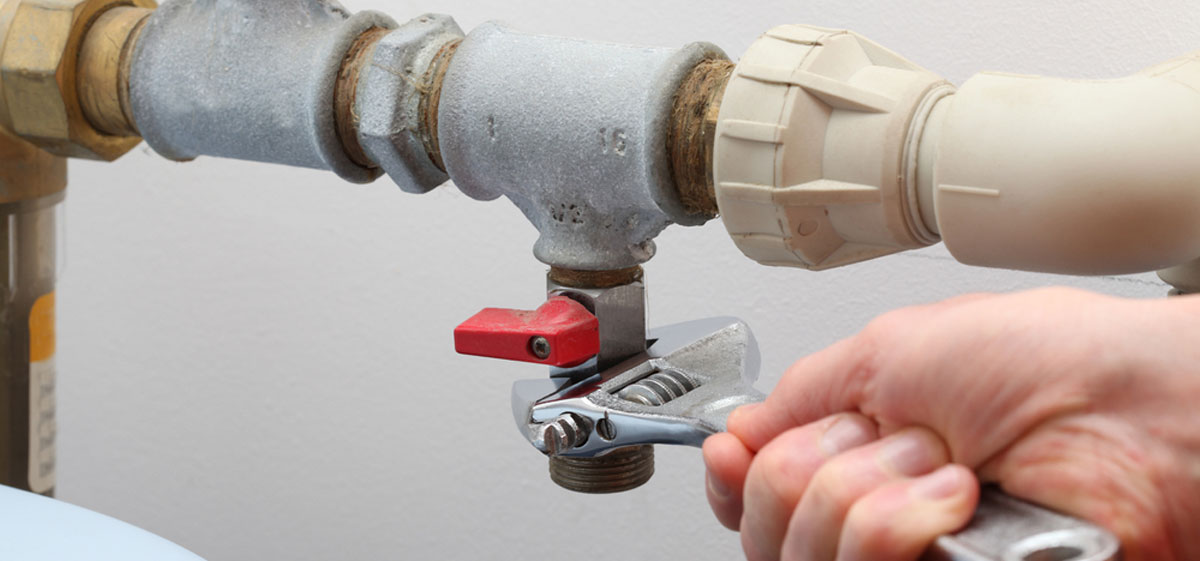
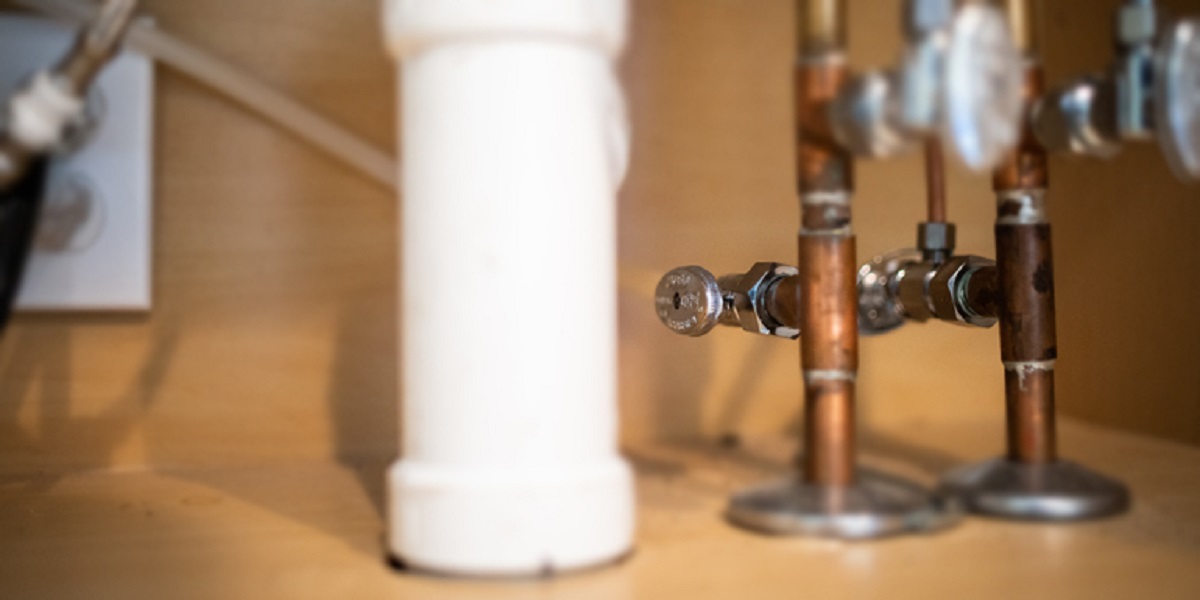
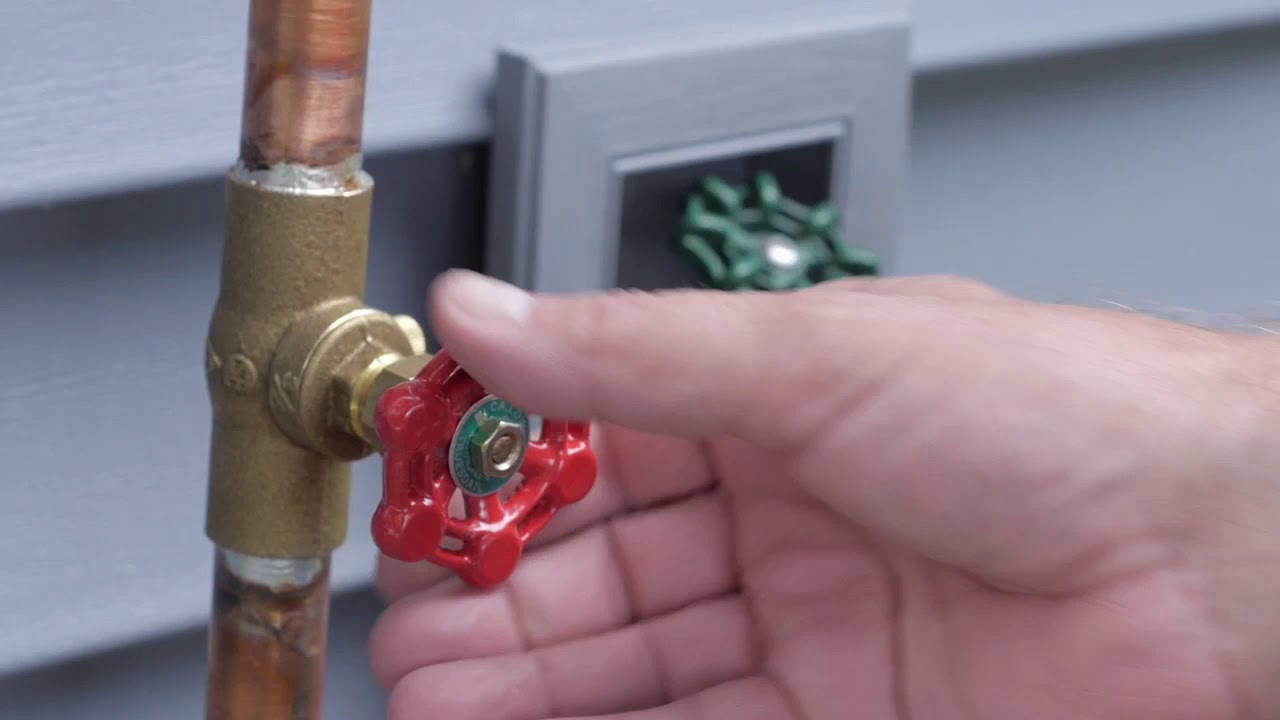
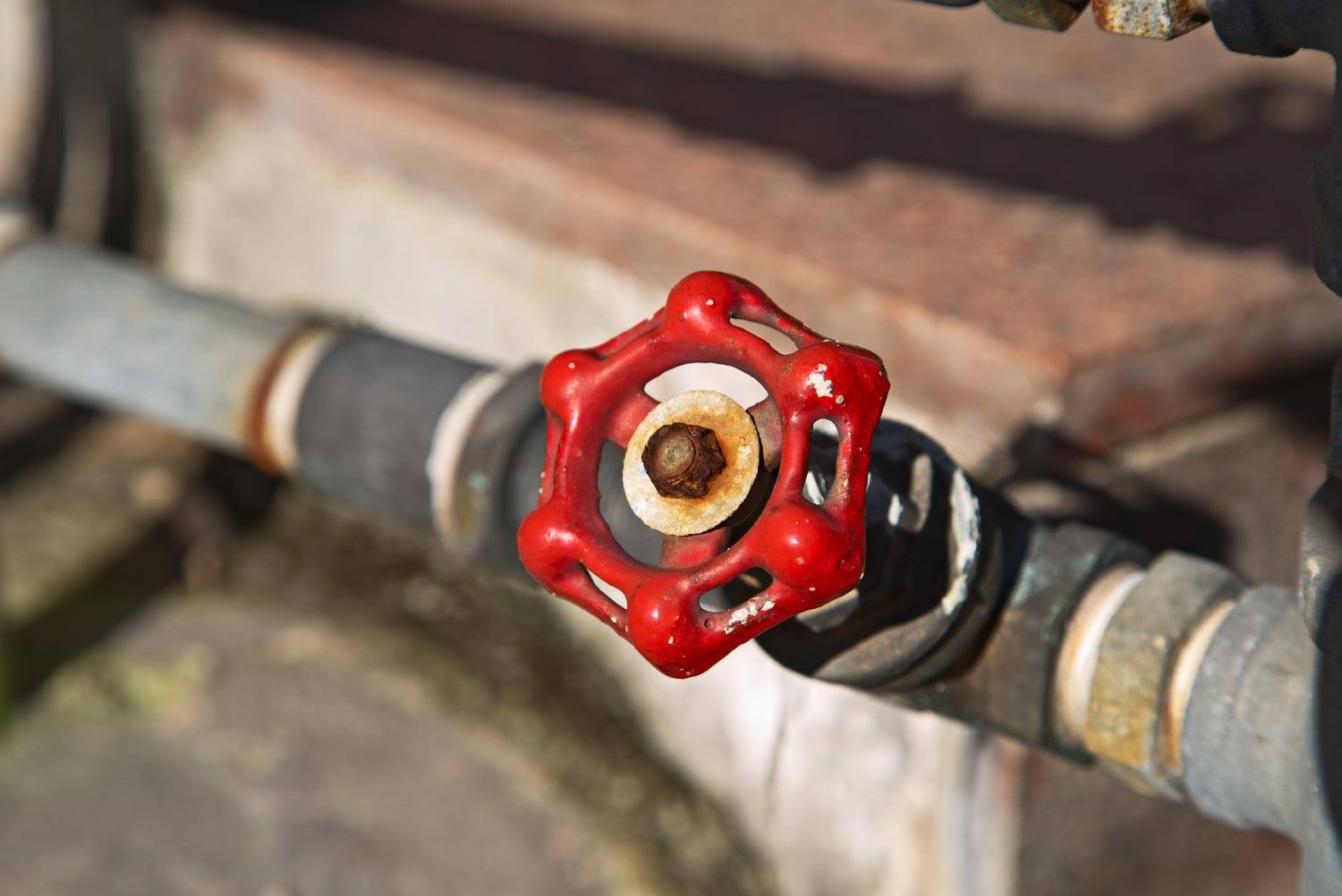
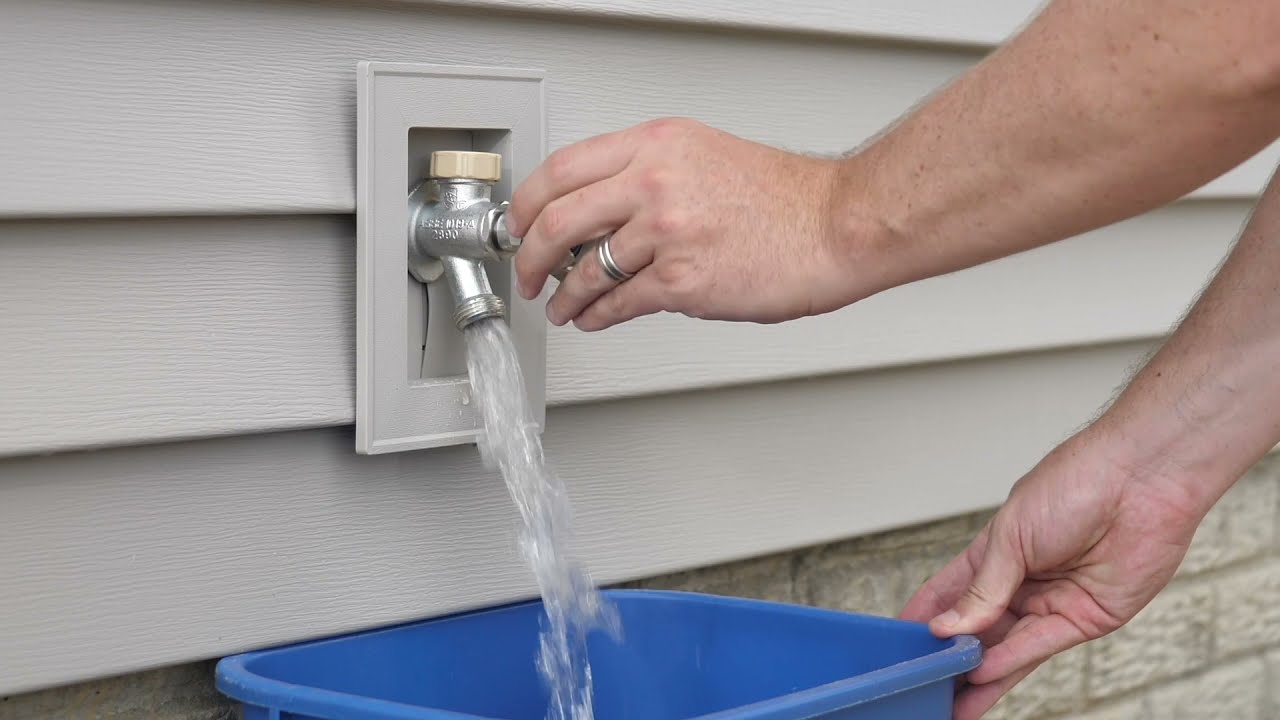
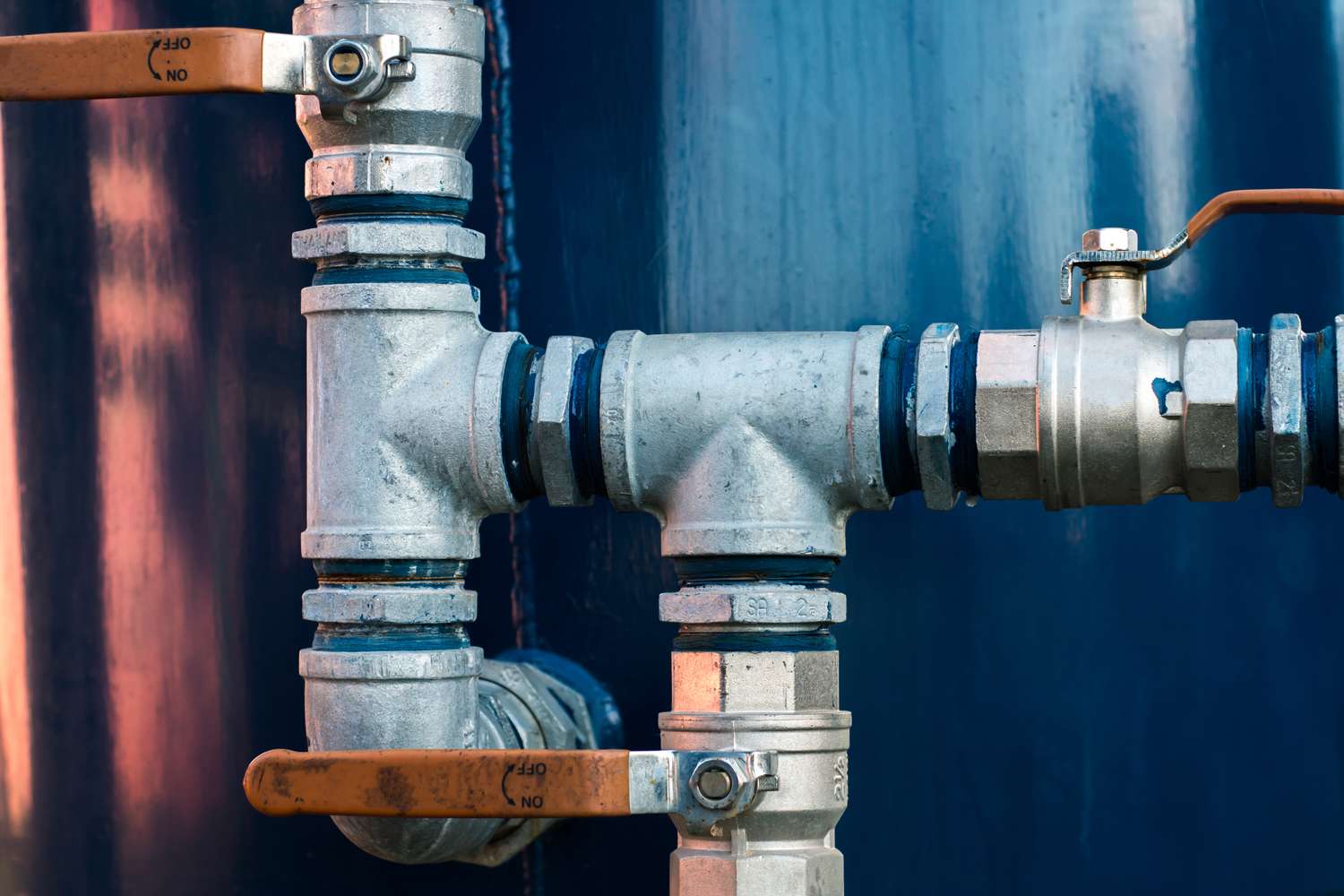
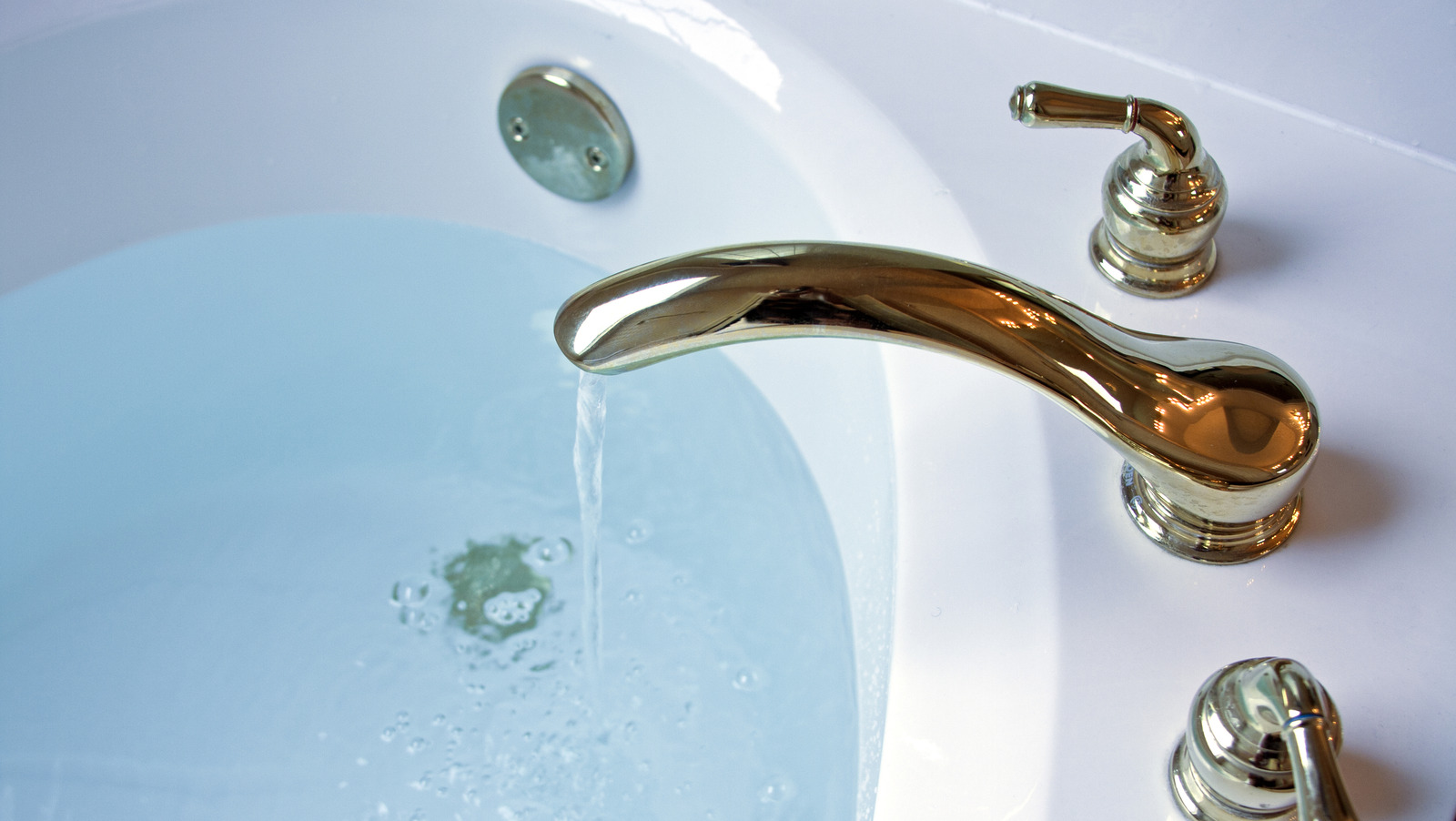
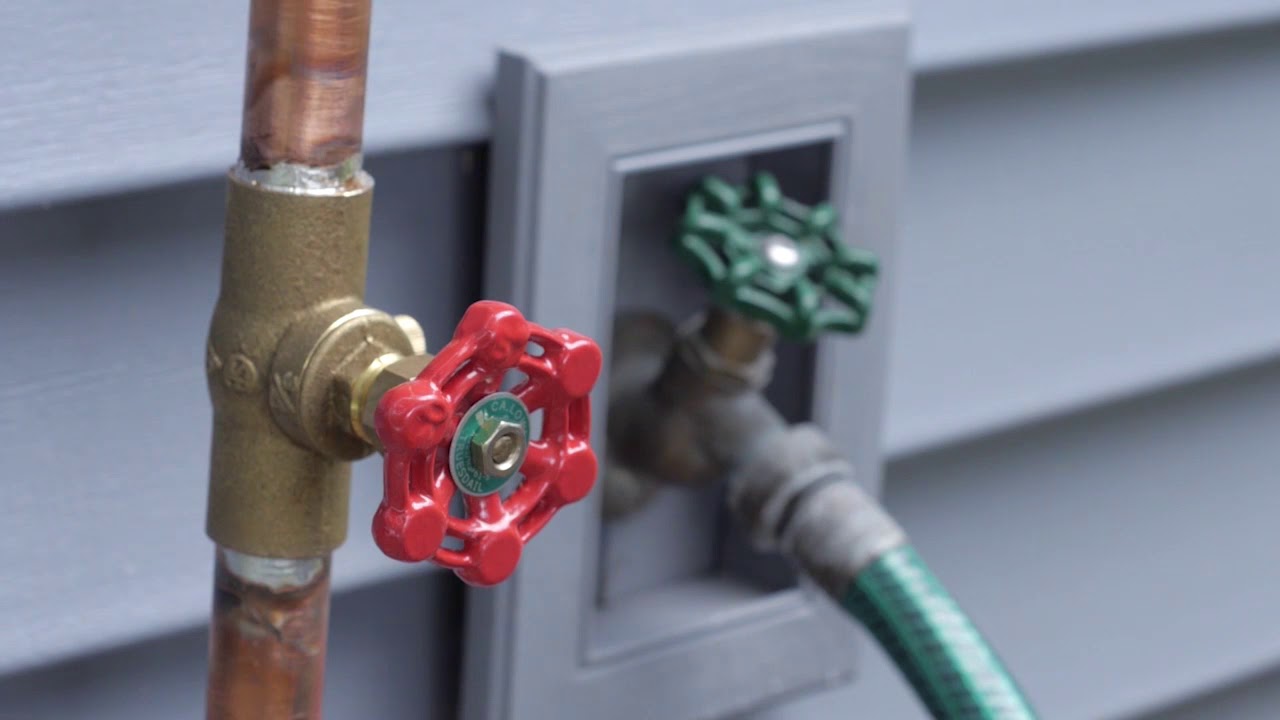

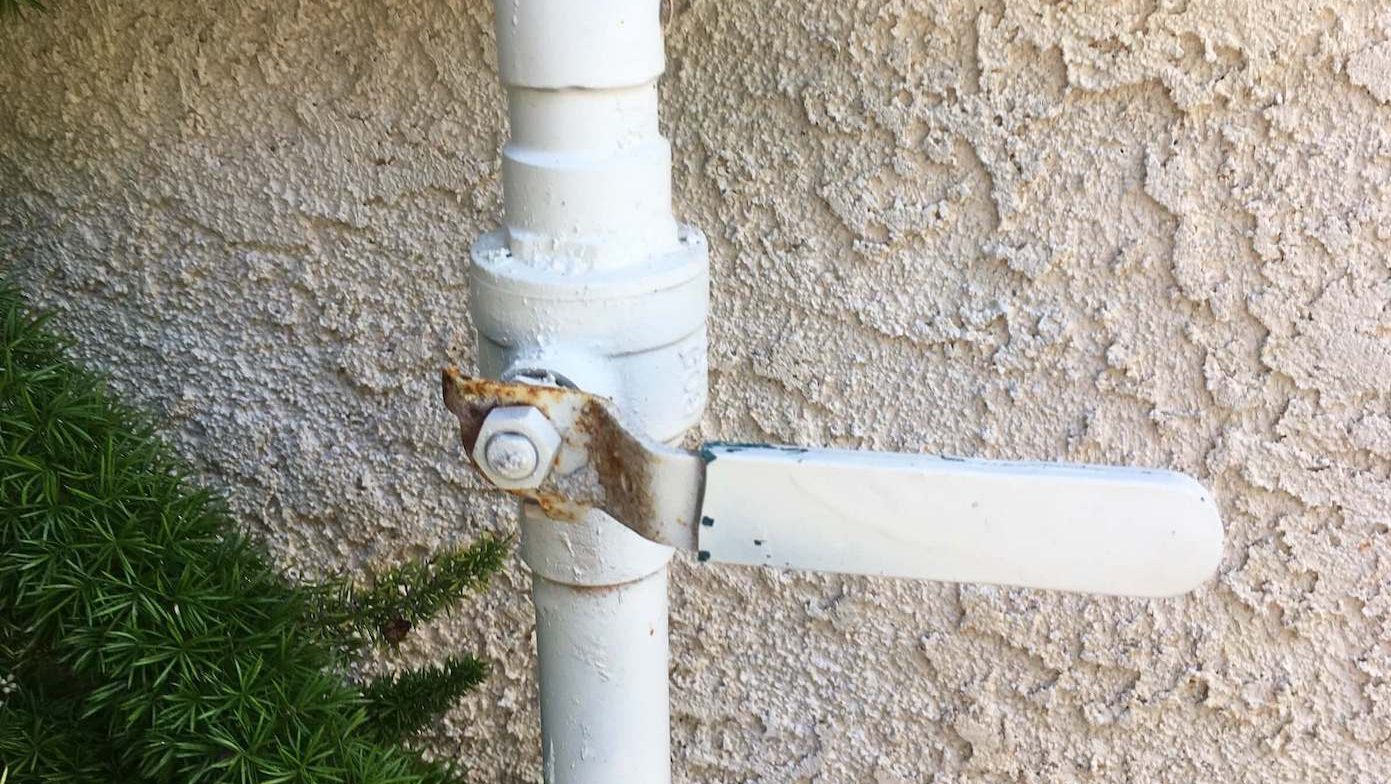
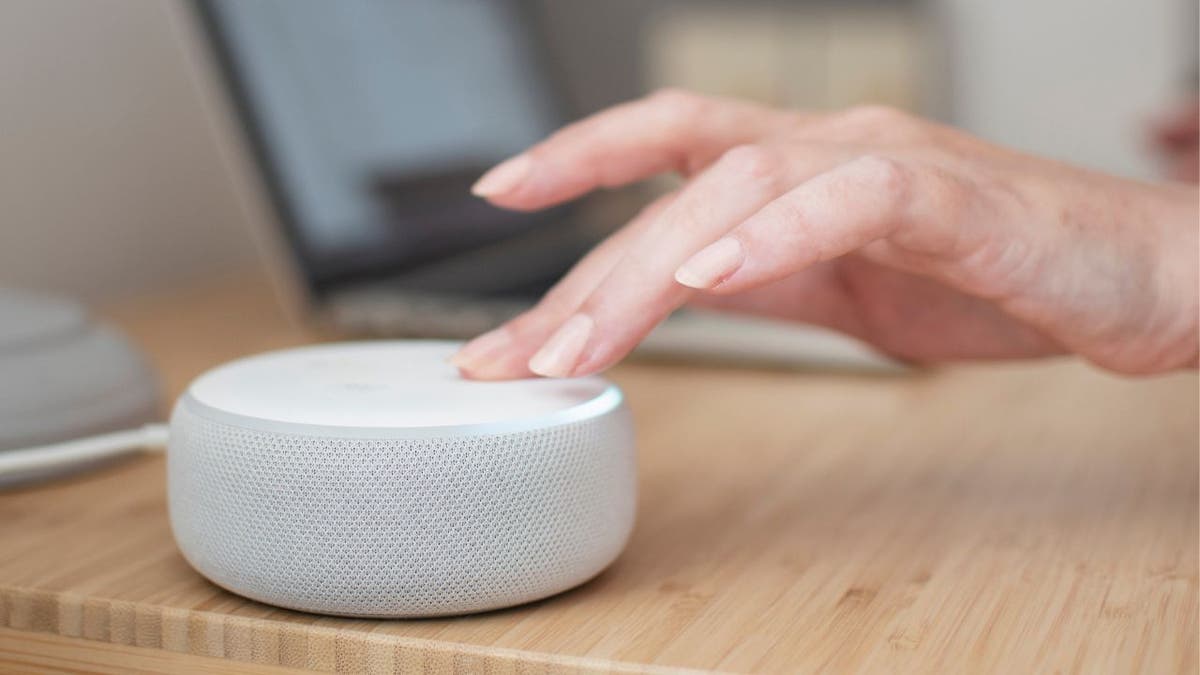
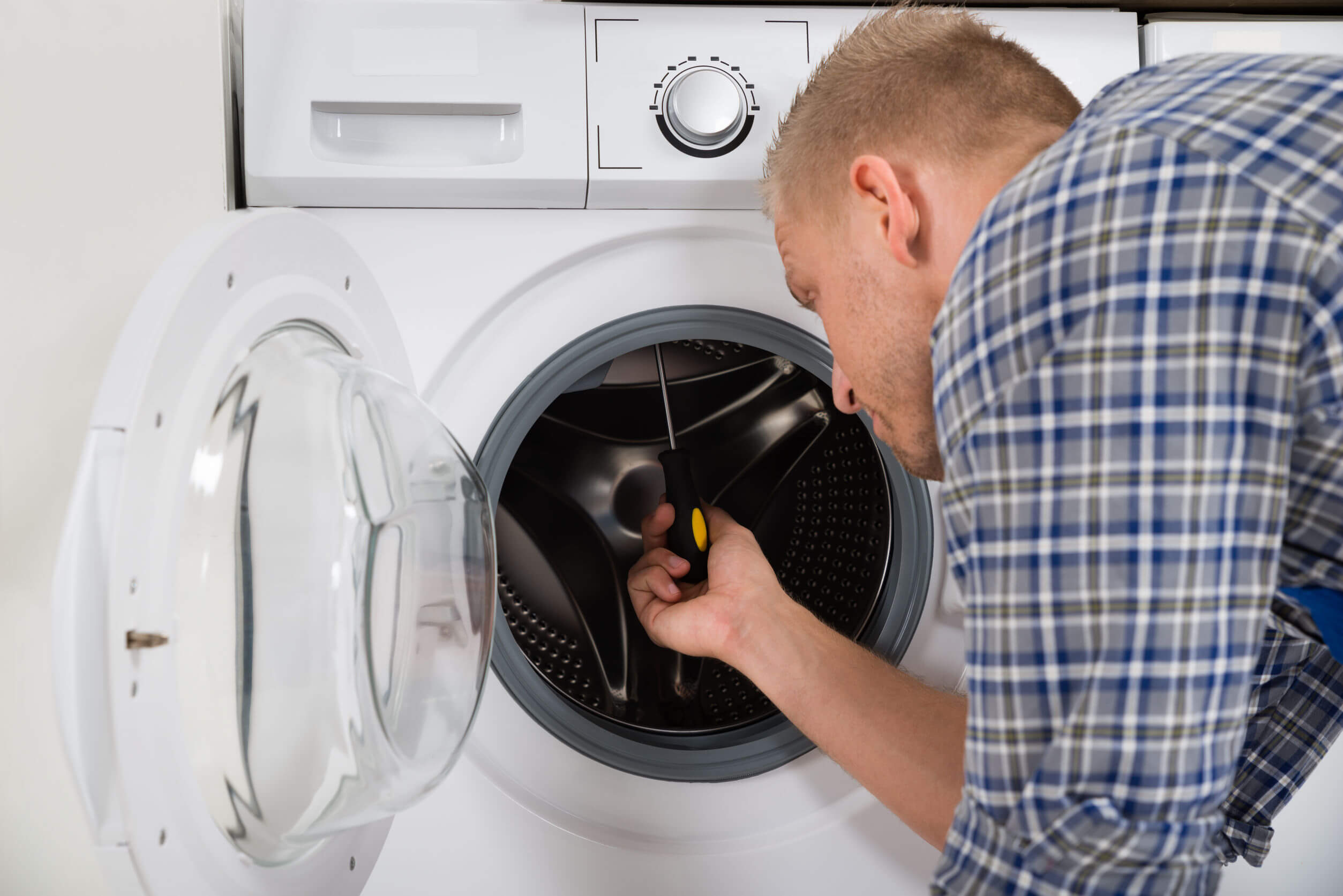
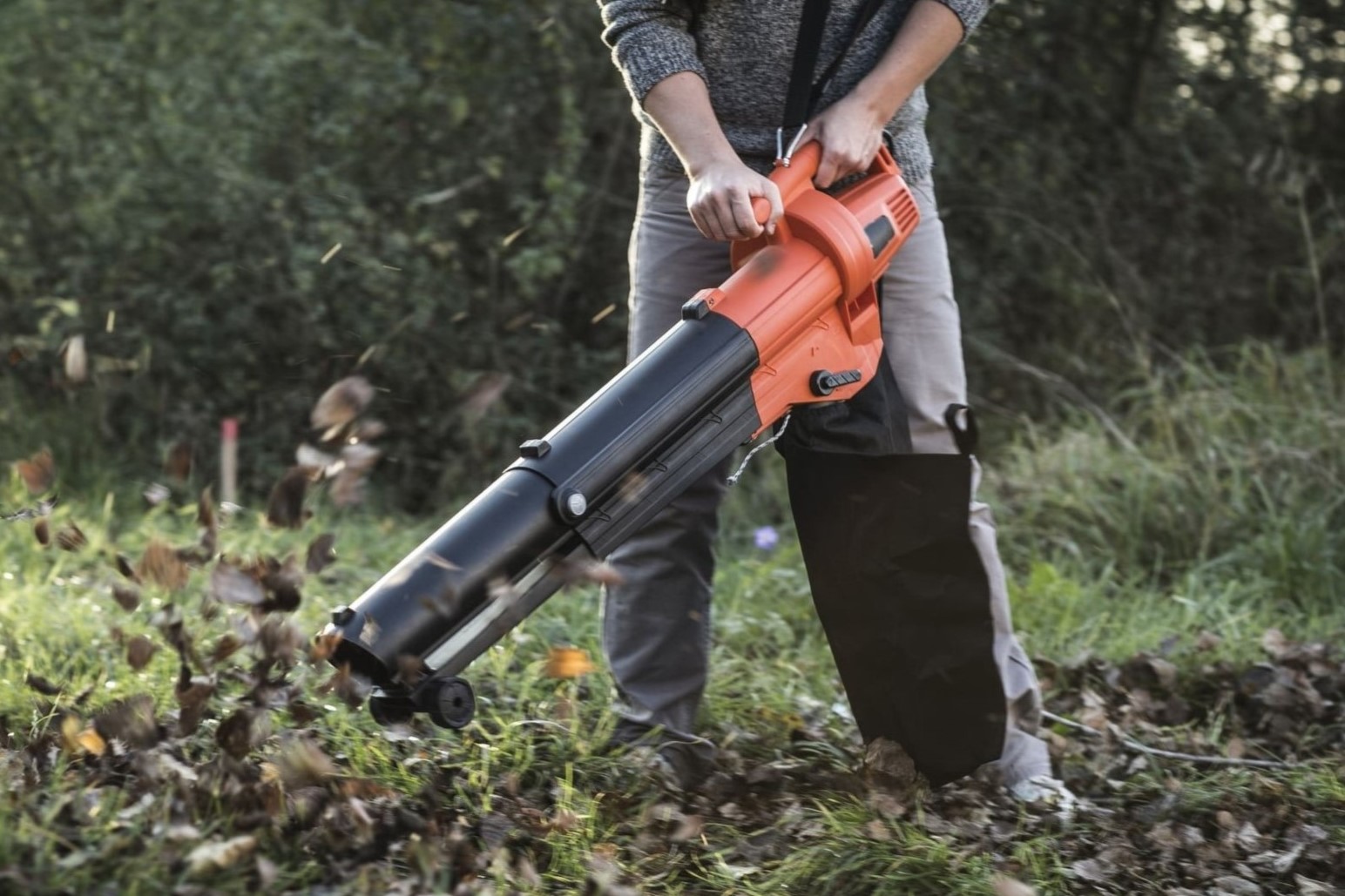



0 thoughts on “How Do I Shut Off The Water To My Bathtub”